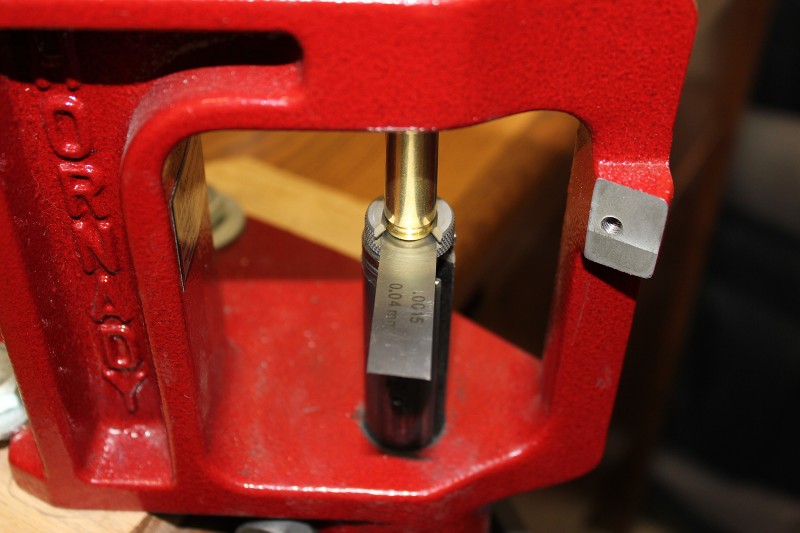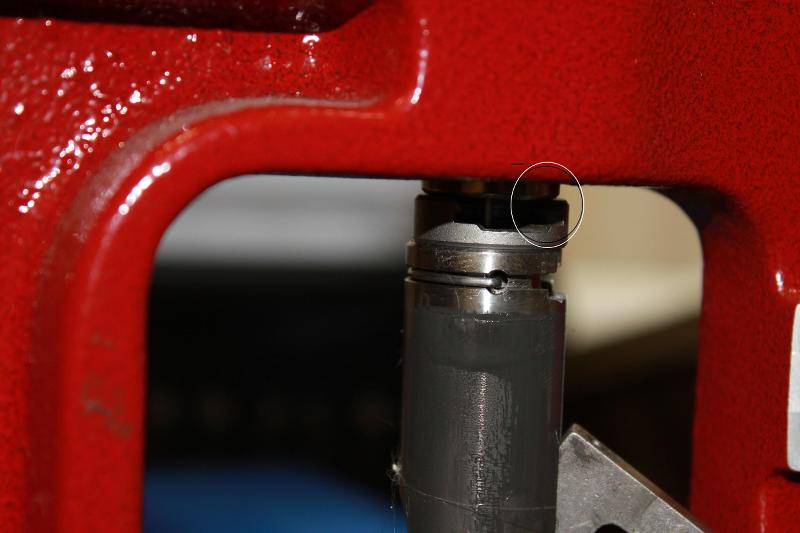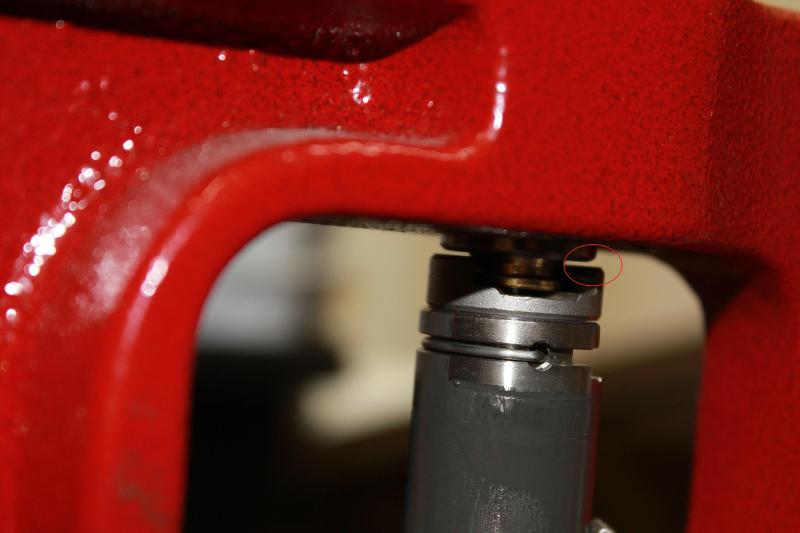Look, I'm not a baby boomer... They are old beyond their years and keep hollering about 'Damn kids on their lawn')
I'm not generation 'X' (X-lax, they all sound whiney & constipated)
There are no 'Hacks' in life,
You either work SMARTER, Or you work HARDER...
There are a lot of 'Specality' reloading gear retailers out there that would LOVE to sell you this or that...
This is a spill over from all the 'Tacti-Cool' crap available for 'Trendy' firearms owners.
The basics will always be basics,
Good IRON frame 'O' ring press that will whip the brass back into shape,
instead of the brass whipping the press OUT OF SHAPE...
Dies are like anything else, you get what you pay for.
The cheaper the dies, the cheaper the dies...
This is a PRECISION measuring operation, so don't buy your caliper or micrometer from 'Harbor Freight'!
If it isn't high enough quality to come with a 'Standard' to check its accuracy, you can't really rely on it for absolute measurements.
Start at the most basic level: CLEANING.
If you can't get the brass squeaky clean both INSIDE & OUTSIDE,
Then you are going to have issues all the way through,
From sizing, to neck tension, to chamber scratching/erosion...
Start with about 3 (or more) good BOOKS on reloading,
Learn the principals from beginning on up.
Leave the gadgets and 'Fad' gear for future processes when you have the basics down 'Pat'...



